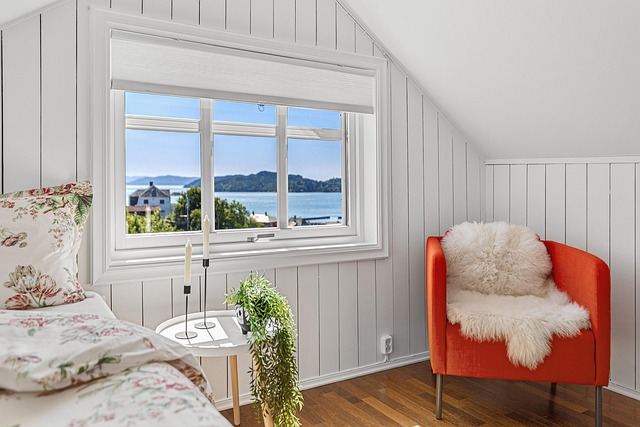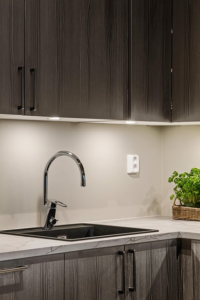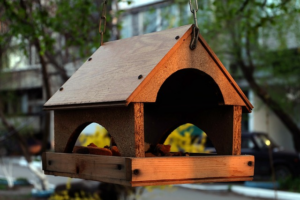Invest Smart: Mixed-Use Along GV Link Routes for Real Estate Choice
Mixed-use developments along GV Link routes offer an attractive Real Estate Choice by integrating residential, commercial, and retail spaces, maximizing land use efficiency and catering to diverse needs. Strategic location enhances accessibility…….

Mixed-use developments along GV Link routes offer an attractive Real Estate Choice by integrating residential, commercial, and retail spaces, maximizing land use efficiency and catering to diverse needs. Strategic location enhances accessibility and property values, while promoting walkability and reducing car dependency. These developments foster vibrant communities, attract foot traffic, and boost economic growth, making them a promising investment in today's evolving real estate landscape.
“Consider investing in mixed-use developments along GV Link routes for a promising real estate choice. This strategic move capitalizes on the growing demand for integrated communities, offering diverse property types under one roof. Unlocking potential through these projects, you contribute to sustainable urban growth and attract tenants seeking convenient, multifaceted living. With careful market analysis, mixed-use investments promise substantial returns while transforming local economies. Explore these trends to make informed decisions about your next real estate venture.”
- Unlocking Potential: Mixed-Use Development Opportunities
- GV Link Routes: Key to Successful Real Estate Investments
- Sustainable Growth: The Rise of Integrated Communities
- Attracting Tenants: Benefits of Diverse Property Types
- Financial Prospects: Analyzing Market Trends and Returns
- Urban Transformation: Mixed-Use's Impact on Local Economies
Unlocking Potential: Mixed-Use Development Opportunities
Mixed-use developments offer a compelling real estate choice, especially along rapidly growing transportation routes like GV Link. By integrating residential, commercial, and sometimes retail spaces within one project, these developments unlock a multitude of opportunities for both developers and future residents. The strategic location along key transit corridors ensures easy accessibility, making them attractive to urban dwellers seeking convenient living.
This approach maximizes land use efficiency, caters to diverse needs, and fosters vibrant communities. Residents can enjoy the convenience of having amenities like shops, restaurants, and workplaces within walking distance, while developers benefit from increased property values and enhanced tenant appeal. Mixed-use projects contribute to sustainable urban development by reducing car dependency, promoting walkability, and creating socially dynamic environments—all key factors that make them a promising investment in today’s evolving real estate landscape.
GV Link Routes: Key to Successful Real Estate Investments
GV Link routes are transforming urban landscapes and offering developers a unique opportunity: they represent the perfect blend of accessibility, convenience, and growing demand. These routes, with their efficient connectivity, cater to a diverse range of residents, from commuters to families and young professionals, making them highly desirable locations for mixed-use developments. Investing in real estate along these corridors offers a strategic advantage, as it taps into a robust market with consistent growth potential.
The key to successful investments lies in understanding the specific needs and preferences of the target demographic. By incorporating residential, commercial, and retail spaces seamlessly, developers can create vibrant, functional communities that cater to everyday needs without requiring lengthy commutes. This integrated approach not only enhances quality of life but also ensures a steady influx of foot traffic, boosting the overall viability and value of these real estate choices.
Sustainable Growth: The Rise of Integrated Communities
Integrated mixed-use developments are reshaping urban landscapes and offering a sustainable growth model for future communities. By combining residential, commercial, and retail spaces within walkable distances, these projects foster vibrant, self-sufficient neighborhoods that reduce environmental impact. As the demand for more eco-friendly living options surges, real estate investors are recognizing the immense potential of mixed-use developments along strategic corridors like GV Link routes.
This approach to urban planning promotes a diverse range of real estate choices for residents, from luxurious apartments and modern office spaces to convenient retail outlets and recreational facilities. Such integrated communities encourage efficient transportation, minimize carbon footprints, and enhance overall quality of life. With the right investments, these developments can drive economic growth while contributing to more sustainable and livable cities in the future.
Attracting Tenants: Benefits of Diverse Property Types
Mixed-use developments offer a diverse real estate choice that can significantly attract tenants and boost investment along GV Link routes. By integrating residential, commercial, and retail spaces, these projects cater to various lifestyle needs, making them highly desirable for potential residents and businesses. Tenants benefit from convenience, as they can live, work, and shop within close proximity, reducing commute times and enhancing their overall quality of life.
The strategic placement along GV Link routes further amplifies this advantage by exposing mixed-use developments to a wide range of commuters and visitors. This diversity in property types creates a vibrant ecosystem that attracts a broader tenant base, from young professionals seeking urban living to families looking for a balanced lifestyle. Such flexibility ensures sustained occupancy rates and long-term profitability for investors, making mixed-use developments a smart choice in the real estate market.
Financial Prospects: Analyzing Market Trends and Returns
Investing in mixed-use developments along GV Link routes presents a compelling real estate choice, backed by robust financial prospects. Market trends indicate growing demand for integrated spaces that seamlessly blend residential, commercial, and recreational areas. This is particularly evident near transportation hubs like the GV Link, where urbanization and population density are rising. Such developments offer attractive returns due to high occupancy rates and the ability to cater to a diverse range of tenants, from young professionals to families.
Analyzing historical data reveals consistent appreciation in property values along these routes. The proximity to convenient transport links boosts accessibility and desirability, driving up rental income and capital gains. Moreover, mixed-use projects offer opportunities for creative financing strategies, such as joint ventures or public-private partnerships, further enhancing financial viability. This makes investing in these real estate choices not just a promising venture but also a wise long-term investment strategy.
Urban Transformation: Mixed-Use's Impact on Local Economies
Mixed-use developments have been a game-changer in urban transformation, and their impact on local economies cannot be overstated. By integrating residential, commercial, and sometimes even retail spaces within one project, mixed-use real estate offers a diverse range of opportunities for residents and businesses alike. This harmonious blend stimulates local economies by creating a vibrant environment that caters to daily needs, encourages foot traffic, and fosters a sense of community.
Investments in mixed-use developments along GV Link routes present a strategic move, leveraging the growing connectivity and accessibility these routes offer. The proximity to such transport arteries can significantly enhance property values and attract tenants seeking convenient, multi-faceted living and working spaces. This dynamic urban landscape not only drives economic growth but also transforms communities, making them more sustainable and desirable places to live and work.
Mixed-use developments along GV Link routes represent a compelling real estate choice, offering both sustainable growth and attractive financial prospects. By integrating residential, commercial, and retail spaces, these projects foster vibrant, integrated communities that enhance local economies. With careful analysis of market trends and strategic tenant attraction, investors can capitalize on the transformative potential of mixed-use, positioning themselves for long-term success in today’s dynamic urban landscape.







